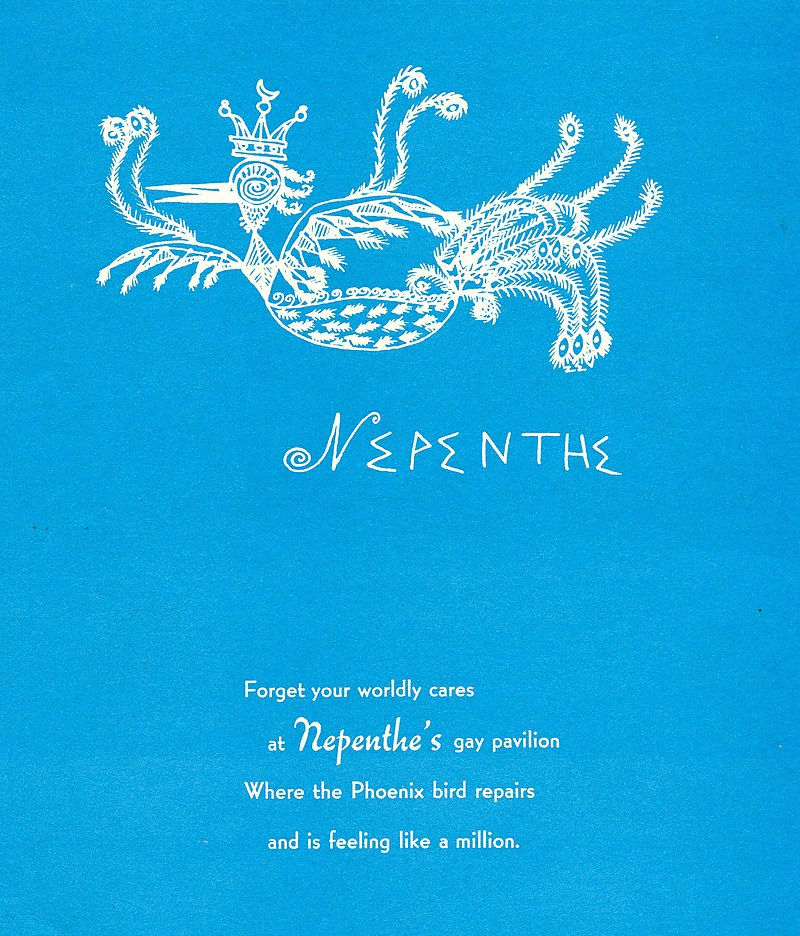Category: The Good
-

Atlantes (architecture)
In European architectural sculpture, an atlas (also known as an atlant, or atlante or atlantid; plural atlantes) is a support sculpted in the form of a man, which may take the place of a column, a pier or a pilaster. The Roman term for such a sculptural support is telamon (plural telamones or telamons). The term atlantes is the Greek plural of the name Atlas—the Titan who was forced to hold the sky on his…
-

Terms, not to be confused with Herms…sometimes (architecture)
In Classical architecture and in art a term or terminal figure (plural: terms or termini) is a human head and bust that continues down as a square tapering pillar-like form. It is usually distinguished from a herm, which has a head and shoulders only, but the two words may be used rather loosely and interchangeably. The god Terminus was the Etruscan and Roman deity of boundaries, and classical…
-

Klaatu, a fictional alien appearing in Marvel Comics, is a member of the extraterrestrial race called the Herm
The Herms are a race of whale-like creatures with yellow-white skin that can absorb all manner of electromagnetic energy for strength and substance, which can also allow them to briefly transform into beings of pure energy; they can apparently travel through intergalactic space in energy form. Klaatu is a Herm. First seen in The Incredible Hulk (vol. 2) #136 (February 1971). Klaatu is…
-

Statue of Hermes (five fables)
There are five fables of ancient Greek origin that deal with the statue of Hermes. All have been classed as burlesques that show disrespect to the god involved and some scepticism concerning the efficacy of religious statues as objects of worship. Statues of Hermes differed according to function and several are referenced in these stories. Only one…
-
Herma
Picture this: You’re strolling through a classical Greek agora, minding your own business, when BAM! You’re face-to-face with a square pillar sporting a head, maybe some pecs if you’re lucky, and – oh, hello there! – a rather prominent set of male genitalia at eye level. Talk about art that grabs your attention! These saucy…
-

Peris
In Persian mythology, Peris are exquisite, winged spirits renowned for their beauty. Peris were later adopted by other cultures. They are described in one reference work as mischievous beings that have been denied entry to paradise until they have completed penance for atonement.[need quotation to verify] Under Islamic influence, Peris became benevolent spirits, in contrast to the mischievous jinn and evil divs (demons). Scholar Ulrich Marzolph [de] indicates an Indo-Iranian origin for peris, which were later[when?] integrated into…
-

Long-nosed god maskettes are artifacts made from bone, copper and marine shells
Long-nosed god maskettes are artifacts made from bone, copper and marine shells (Lightning whelk) associated with the Mississippian culture (800 to 1600 CE) and found in archaeological sites in the Midwestern United States and the Southeastern United States. They are small shield-shaped faces with squared-off foreheads, circular eyes, and large noses of various lengths. They are often shown on Southeastern Ceremonial Complex representations of falcon impersonators as ear ornaments. Long…
-

Shell gorgets
Shell gorgets are a Native American art form of polished, carved shell pendants worn around the neck. The gorgets are frequently engraved, and are sometimes highlighted with pigments, or fenestrated (pierced with openings). Shell gorgets were most common in Eastern Woodlands of the United States, during the Hopewell tradition (200 BCE– 500 CE) and Mississippian cultural period (ca. 800–1500 CE); however, tribes from other regions and time periods…
-

Pterion and Pteron Notes
The pterion is the region where the frontal, parietal, temporal, and sphenoid bones join. It is located on the side of the skull, just behind the temple. Structure The pterion is located in the temporal fossa, approximately 2.6 cm behind and 1.3 cm above the posterolateral margin of the frontozygomatic suture. It is the junction between four bones: These bones are typically joined by five cranial sutures: Clinical significance Haematoma…
-
The Devil’s Cocktail: A Tale of Glass, Flint, and Royal Curiosity
Picture this: It’s the 1740s, and the Royal Society – that illustrious club of powdered wigs and curious minds – is all abuzz about a devilish little contraption from Bologna, Italy. These aren’t your grandma’s pickle jars, oh no! These are Bologna bottles, also known as Bologna phials or philosophical vials, and they’re about to…
-

Nepenthes disambiguation mentions at Wikipedia
USS Nepenthe (SP-112), a luxury yacht belonging to James Deering Nepenthe was built as a civilian yacht, of a type designated “houseboat” at the time to describe the relative focus on livability in comparison with the usual powerboats, in 1917 by the Mathis Yacht Building Company at Camden, New Jersey with completion in December 1916. The yacht was built for industrialist James Deering of Chicago, New…
Recent Posts
- 🧬 Disease Table with Low Sodium Connection
- 🧂 Sodium Reduction and Sodium Replacement: A History of Reformulation and Exploding Diseases, Including Many Diseases Unheard of Before Deadly Sodium Policies
- 🧂 The DEADLY 1500 mg Sodium Recommendation predates the WHO’s formal global sodium reduction push by nearly a decade (and it’s even worse than that)
- 🧬 What Is Beta-Glucuronidase?
- When Sugar Was Salt: Crystalline Confusion and the Covenant of Sweetness
Tags
ADAM ASPARTAME Birds Blood Bones Brain Bugs Cancer Columba Cows crystallography Death Death cults Eggs Etymology Gastrin Gold Growth hormone History Hormones Insulin Liver Mere Perplexity Metal Monkey Business Mythology Paracetamol Plants Poison Pregnancy Protein Religion Reproduction Rocks Salt Slavery Snakes Sodium the birds and the bees Thiocyanate Tobacco Tylenol Underworld Venom zinc


